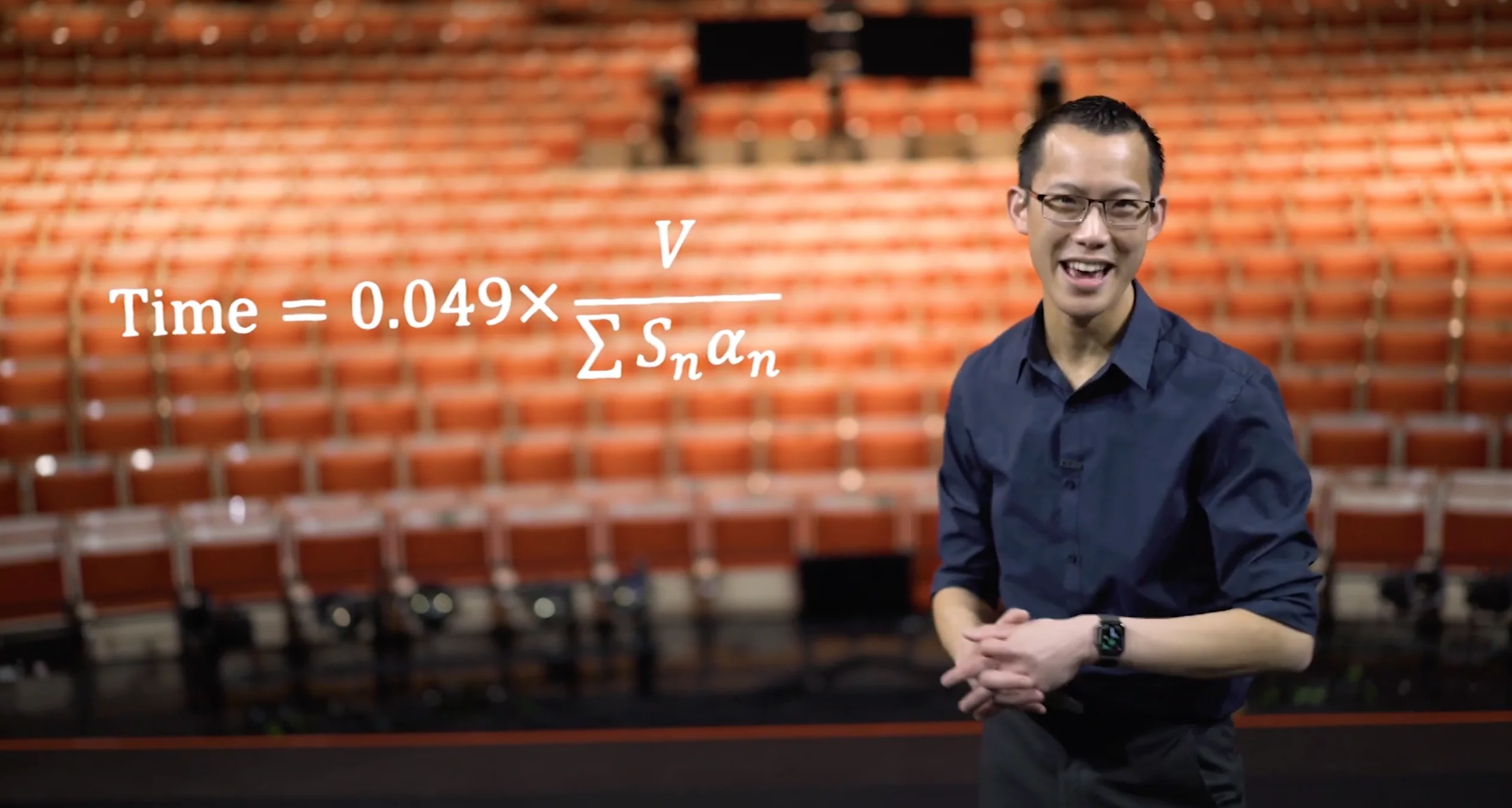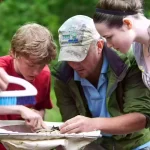
Eddie Woo: Engaging Educational Resource
Here’s an online resource we love (and we think your kids will love too).
Eddie Woo Youtube
We’re often bombarded with messages kids are having ‘too much screen time’, and while there are certainly arguments to step away from the computer or TV occasionally, there’s also a plethora of wonderful learning activities online.
One resource we love at the moment is the Opera House’s YouTube series, made in collaboration with Eddie Woo, ‘Maths of The Sydney Opera House’.
It’s Learning Made Fun
Did you know the Sydney Opera House was planned not only to house performances using musical instruments, but designed as an instrument itself? Mathematician and Teacher Eddie Woo takes viewers on an enthusiastic journey through the Opera House in his ‘Acoustics with Eddie Woo’ video, speaking with industry professionals about the relationship between maths and sound – while equally delving into the exploration of geometry and music.
It’s Accessible
Not only is the education series free to access on Eddie Woo YouTube, Mr Woo uses his superb talent to breakdown convoluted topics into layman’s terms, so no learner is left behind.
One such approach Eddie takes to ease students into the tricky topic of sonic sound is by comparing the techniques implemented by the Opera House design team to the common musical instruments children have access to at home or school. Such an approach simplifies the cognitive process by encouraging experimentation through interactive learning.
While Woo explores sound through his mathematical lens, he makes further comparisons to other sensory experiences. “If you were designing an art gallery… you’d need to think carefully about light”, he says. “The Sydney Opera House is also an art gallery of sorts, but… less about what you see and more on what you can hear”. We love that Woo unfailingly engages children with a variety of interests.
It’s Real, Relevant and Relatable
Throughout the series, viewers are treated to relatable content with examples that provide students the chance to make connections to the real world.
In the first video, students learn about Active Architecture; specifically, how shapes and sounds form a significant relationship to create an acoustic effect.
Woo discusses the relationship between performance space size and the effect of enhancement or reverberation on an audience. For symphony orchestra experiences, he recommends a larger performance space where the music is ‘enhanced’ to linger in the air. On the contrary, to hear dialogue in a play with only a few onstage actors, a smaller space will provide shorter reverberation. It is these seemingly simple evaluations that viewers love, allowing students of all ages to gain knowledge and confidence in otherwise complex concepts.
Instructional Coach and Reading Specialist, Peg Grafwallner promotes a structure for teaching consisting of only three simple rules – a course of which Mr Woo implements in each of his videos:
Keep it real
Teach students what they want to learn; that is, what impacts their daily lives.
Keep it relevant
Students want to be able to control their learning, and make valuable connections. Therefore, plan with consideration of what connections the students will be able to make.
Keep it relatable
Teachers should offer choice with the texts being studied, and in Woo’s case, students are given multiple examples related to interests beyond sound and music.
Enticing reluctant learners is what Mr Woo does best. Before moving onto equations such as Sabine’s formula and specular reflections, Woo began his lesson with examples of a number of liveable experiences. Presented with a humble approach, he successfully educates a broad audience (that’s children and their parents) in diverse mathematical topics that extend into other Key Learning Areas.
It’s More Than Mathematics
Have your kids ever complained that what they “learn in maths isn’t relevant to everyday life”?
In this video, Woo solidifies his teaching appeal and deepens students’ understanding of sonic sound by interviewing industry professionals. One such interviewee delves into the structural decisions involved in designing the Opera House performance space, exploring the background noise, sound insulation and room acoustics – and this is important on a number of levels.
The topics Mr Woo explores during his tour of the Sydney Opera House extend beyond the Mathematics KLA and into numerous other areas of study, including Architectural Design and Music, to name only a few. The benefits of cross-curricular study are far-reaching, says the National Teacher Research Panel, UK in their 2010 paper. Not only are students able to improve their comprehension and thinking skills, cross-curricular learning – such as what Woo offers in his video series, has the ability to encourage multiple responses to a problem and deeper learning overall.
Suffice to say, Woo leaves little argument that what children learn at school is in fact relevant to life beyond the classroom.
It’s Screen Time for the Whole Family
Previously, we delved into the benefits of screen time for children, but how does this apply to the Sydney Opera House series?
Mr Woo generates videos that are interactive in nature, meaning children are encouraged after each lesson to experiment with items that are easily accessible to them. Active screen time never looked so good!
The mathematical genius is incredibly engaging and speaks to a vast audience with his simplified explanations of challenging topics. He speaks to children from primary to secondary school, tertiary and beyond, and parents are invited to co-view and interact, too.
But this is only one Eddie Woo resource from a great selection of recordings on YouTube. Next in the Sydney Opera House series, Woo investigates Geometry and Algebra at the landmark in his familiar and accessible style.
You can also find more Eddie Woo content on his channel, ‘WooTube’ here.
Resources
Maths of the Opera House video:
https://www.youtube.com/watch?v=okuESUX3obA&t=21s
Eddie Woo channel:
https://www.youtube.com/user/misterwootube
Real, Relatable, Relevant
https://www.edutopia.org/article/keeping-learning-real-relevant-and-relatable
National Teacher Research Panel, UK
https://kidsdiscover.com/teacherresources/the-benefits-of-cross-curricular-learning/







Leave a Reply